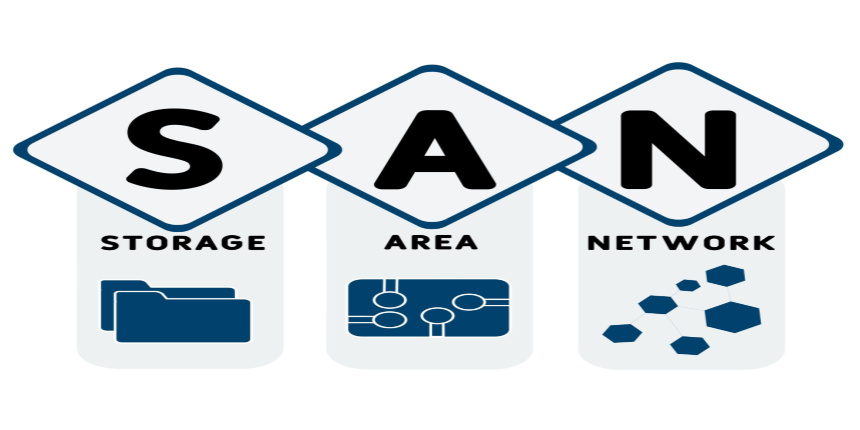SAN Full Form
What is the Full Form of SAN?
SAN stands for Storage Area Network.Storage Area Network (SAN) is a high-speed network that interconnects different data storage devices with associated servers and other computing devices, providing a shared pool of space for storage.
Features Of San
SAN uses block-level data access.
The computer sees SAN as its own storage.
The computers on the SAN network can access the information/data just like the local disks that are directly connected to the computer
SAN is connected by using fibre channels, resulting in excellent speed and performance.
This purpose is accomplished using different types of virtualization.
- What is the Full Form of SAN?
- Features Of San
- Importance of SAN


Figure: Storage Area Network
Importance of SAN
Most organizations today have moved to SAN because traditional computer memory and storage do not serve all the purposes required such as protection, security, speed, or multi-user access.
SAN has made organizations handle better data management and increased data efficiency.
With the assistance of SAN, people across multiple locations share a common storage centre.
Frequently Asked Questions (FAQs)
The only thing it does is transfer storage data traffic between servers and storage pools.
SAN is used to store the computer’s data by connecting it through means of fibre channels, it acts as a storage space.
Fibre Channel is a high-speed network offering data rates up to 128 Gbps across metropolitan areas. It can cover up to about 6 miles or 10 km when optical fibre cabling and interfaces are used.
Storage area networks are mostly used in support of business-critical, performance-sensitive applications such as Oracle databases.
Storage area network refers to block-level-based storage accessible over a network. SAN uses a similar type of abstraction as a hard drive where blocks of data can be read or written at a specific location, which is why it is called block-based storage.